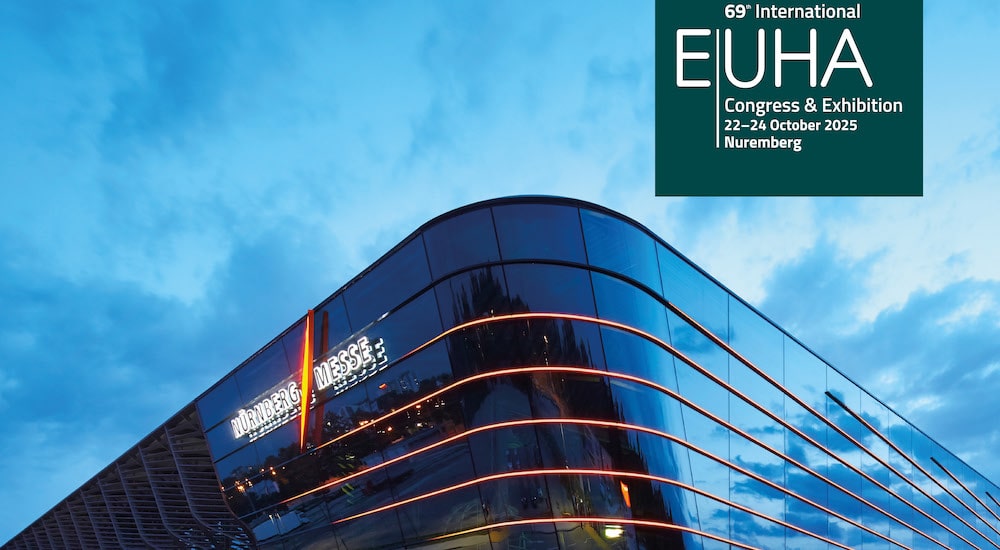Genetic variations in the FOXO3 gene and susceptibility to noise-induced hearing loss
NIHL
Researchers in China recently carried out a large-scale study to explore the effects of FOXO3 genetic polymorphism on individual susceptibility to noise-induced hearing loss (NIHL), one of the most important occupational disorders.

The researchers are affiliated with several institutions in Jiangsu Province: the School of Public Health, the Institute of Occupational Disease Prevention at the Jiangsu Provincial Center for Disease Prevention and Control, and the Kunshan Centers for Disease Prevention and Control. They included a total of 2,689 industry workers employed at a textile factory in eastern China to carry out the research.
To gain background knowledge and clinical samples, the group collected venous blood from participants and administered questionnaires and pure-tone audiometry (PTA). The assessments were conducted by specialist physicians. For the genetic component, the group genotyped three selected single nucleotide polymorphisms (SNPs) (rs2802292, rs10457180, and rs12206094) in the FOXO3 gene in 566 patients with NIHL and in 566 control participants.
By assessing the main effects of genotype and its interactions, the research group found that the presence of certain alleles and haplotypes is associated with an increased risk of NIHL in the Chinese study population. Importantly, the researchers believe that these polymorphisms have potential to be used as biomarkers for noise-exposed workers.
Source: Guo H et al. Association of genetic variations in FOXO3 gene with susceptibility to noise induced hearing loss in a Chinese population. PLoS One. 2017 Dec 8;12(12):e0189186.


